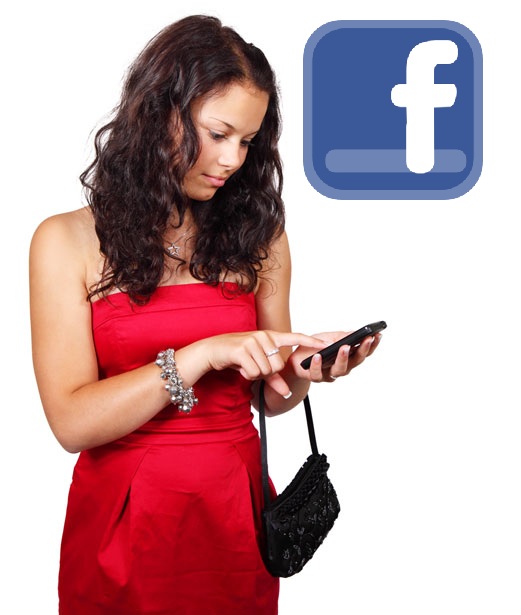 The industry is now wondering if the social networking giant has finally mastered this channel.
The industry is now wondering if the social networking giant has finally mastered this channel.
Facebook has been the recipient of massive criticisms due to its lack of mobile marketing revenues, which had lead to its exceptionally disappointing initial public offering (IPO) stock nearly a year ago.
At that time, there were hundreds of millions of users accessing the service without ads on smartphones and tablets.
Investors were disappointed that mobile marketing had apparently been ignored by Facebook, when it could have been used to reach these millions upon millions of people, but it was not. What has since been discovered, is that the executives at the social networking giant were perfectly aware of this trend and they were already well on the way to building their strategy.
The Sponsored Stories mobile marketing social ads were only the tip of the iceberg.
That element had only just been introduced at the time of the IPO, but what the investors didn’t know at that time – and what has only recently been revealed – is that Facebook had a great deal more up its sleeves for its mobile marketing programs. It took several months, but it has now been proving itself capable of exposing ads to the smartphone and tablet using masses in compelling and effective ways. This was far beyond what most people at that time could have predicted.
The mobile marketing ads at Facebook were not an instant success, but they did gradually build traction until they were earning $305 million by the fourth quarter. This represented approximately 23 percent of the overall ad sales revenue for the company. It is also one of the main reasons that the social network stock price has nearly doubled the low to which it plummeted shortly after the IPO, hovering near the $30 mark.
One of the main reasons that the ads in the Facebook mobile marketing strategy are considered to be successful is that they aren’t the same as those that are used on the desktop site. On the standard website, the ads run along the right hand side of the page. Instead, the smartphone friendly ads are worked right into the news feed and have both a look and a feel that are comparable to the posts that are made by their friends and the other brands and pages that they have liked.

 These two industry leaders are generating more in store action than other networks.
These two industry leaders are generating more in store action than other networks.